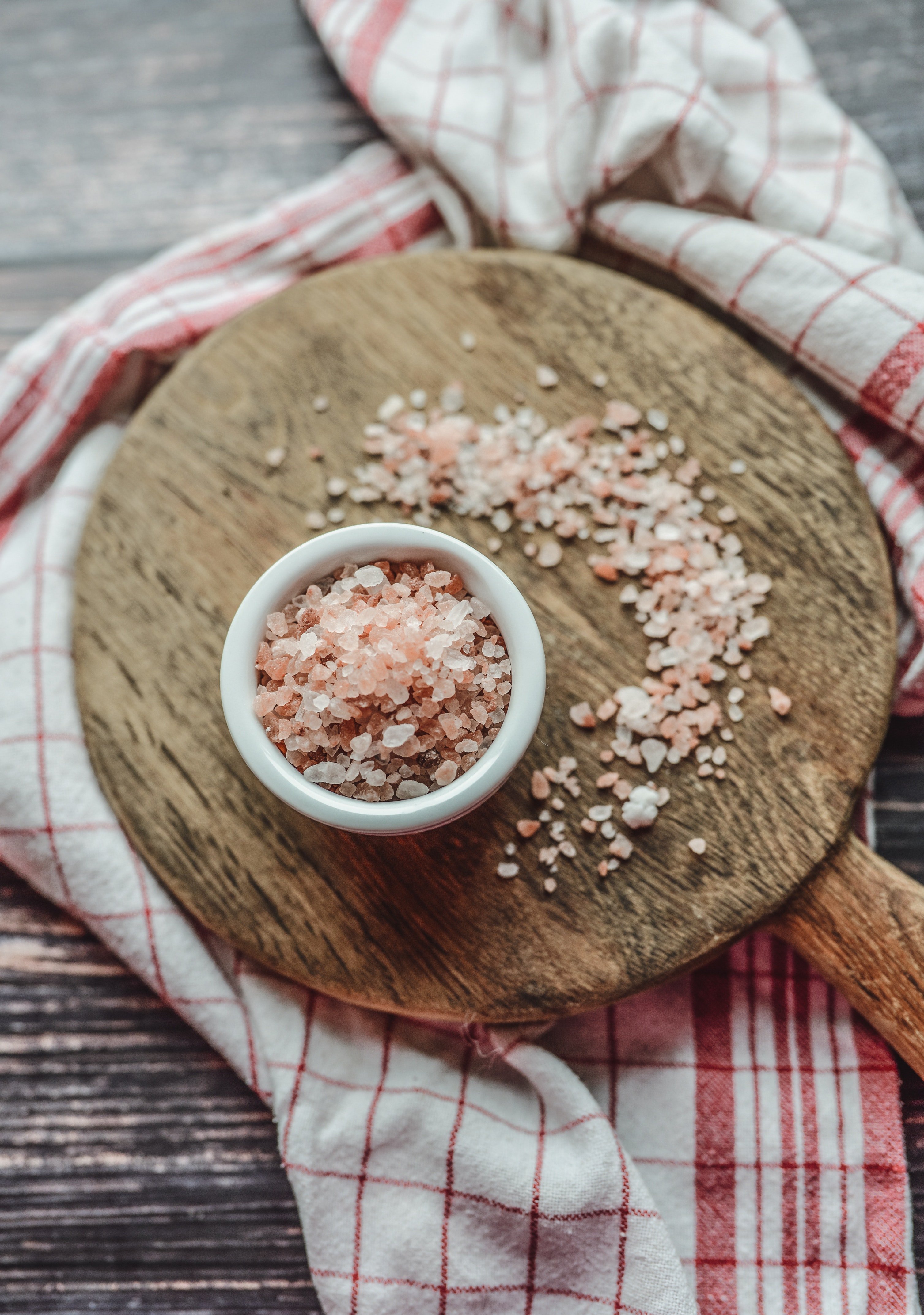It’s not just the salt shaker’s fault! Where else is our salt coming from?
March 11, 2020
It’s well known that as a population we eat too much salt.
This can have serious consequences as it increases our risk of developing high blood pressure and in turn, suffering from stroke or heart attack.
The World Health Organization recommends adults consume less than 5 grams of salt per day (the equivalent of approximately a teaspoon). When we refer to salt, scientifically we are actually talking about sodium and chloride, as these are the components that make up salt. Salt is frequently added to processed foods during manufacturing, and in Australia this is listed as sodium on the nutrition information label.

Salt reduction action should be a multi-pronged approach with strategies being implemented across multiple levels and settings.
Sodium is a mineral that the body needs to function adequately, however the amount that we need is very small. The problem is we consume much more sodium than we need, and this is partly due to the overconsumption of ultra-processed, packaged foods which contain added salt. Salt is added to foods during manufacturing for a number of reasons, for example to increase shelf-life and preservation, to improve technical function of some foods and to improve the taste.
How much salt are we eating and where does it come from in our diet?
A study recently conducted as part of a state-wide initiative aimed at reducing salt intake in the Victorian population (Unpack the Salt) provided a snapshot of salt intake in the diets of 338 Victorian adults in 2016-17.
This study revealed that on average Victorian adults were eating 8.1 grams per day, well above the WHO guidelines.
It was found that over a third (38%) of salt consumed came from discretionary foods (e.g. those food high in kilo-joules, saturated fat, added sugar and salt such as sweet biscuits, cakes, processed meat, confectionery, fried foods). Furthermore, when foods were examined by level of processing (i.e. a system which categorises foods into minimally processed, processed culinary ingredient, processed, ultra-processed), half (51%) of all salt consumed came from ultra-processed foods (e.g. chips, crisps, sweet/fatty/salty snacks, cereals, cakes).
It was also found that the majority (51%) of salt consumed comes from foods purchased at the supermarket or convenience stores; about another third of salt consumed (28%) comes from foods purchased from restaurants, cafes, and takeaway outlets.
Adults in this study were also asked to report how often they added salt to their food from the salt shaker (referred to as ‘discretionary salt use’). It was found that more than half (61%) of salt was added during cooking and about a third was added at the table.
How can we reduce the amount of salt we eat?
Salt reduction action should be a multi-pronged approach with strategies being implemented across multiple levels and settings.
As individuals, we can reduce our salt intake by increasing the amount of fresh, healthy and minimally processed foods we consume, and reducing the amount of ultra-processed, discretionary food items; reading nutrition labels to pick food with less sodium, along with cutting back on table and cooking salt usage.
At a population level, the findings from this study advocate for salt reduction action in the supermarket setting as well as the food service sector. Reformulation of lower sodium foods available within supermarkets as well as action to modify food purchase behaviours at these retail settings is recommended. Australia could learn a lot from following in the footsteps of the United Kingdom who, over seven years with their comprehensive national salt reduction program, reduced population salt intake by 15%.
Leading the way in trying to reduce the amount of salt Victorians eat, VicHealth has established a Salt Reduction Partnership Group consisting of The George Institute for Global Health, The Heart Foundation, Deakin University’s Institute for Physical Activity and Nutrition (IPAN) and the Victorian Department of Health. Together this partnership group aims to drive salt reduction action from government, industry and the general public with a comprehensive multi-strategy initiative and evaluation to be completed by 2020.
Dr Kristy Bolton is a senior research fellow at the School of Exercise and Nutrition Sciences, Deakin University, Geelong. A full version of findings from this study can be found here.
Click here for more information about Deakin IPAN’s research into physical activity and nutrition or follow us on Twitter @DeakinIPAN